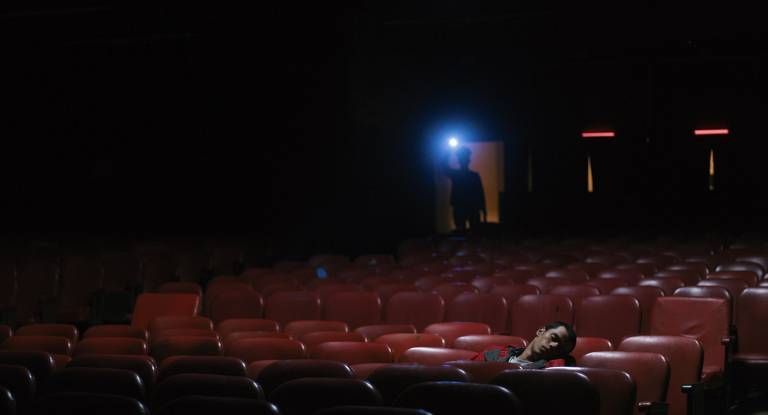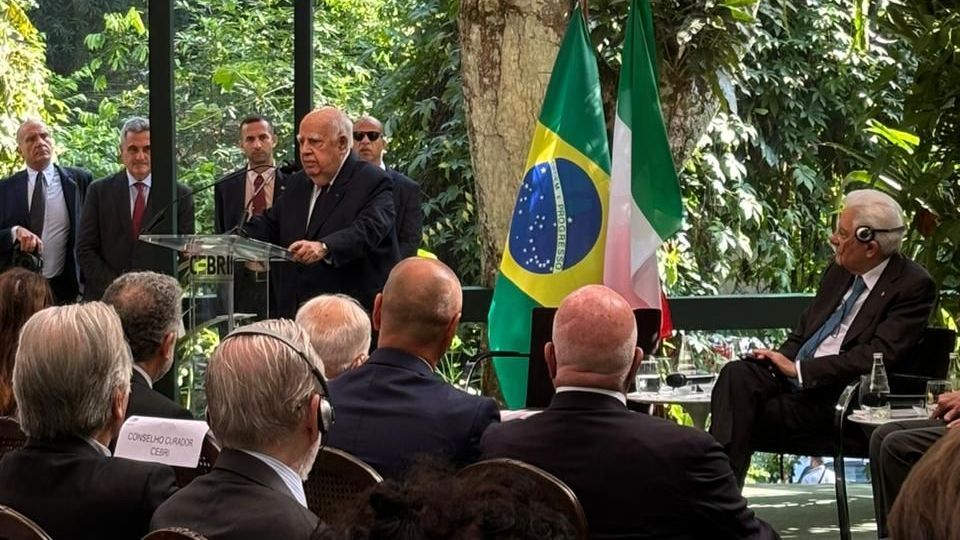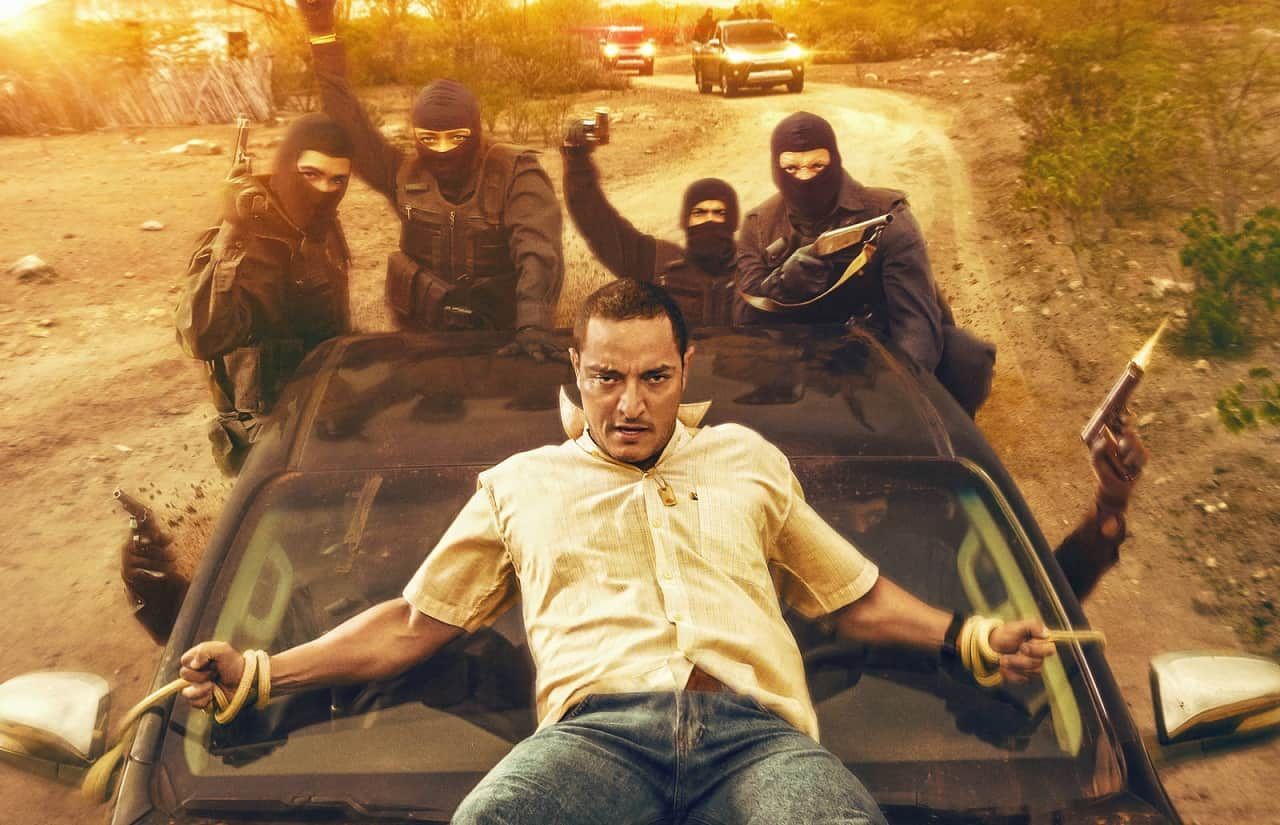Sebastiao Salgado (1944-2025)
The Fallen Angel's Lens: Sebastião Salgado's Vision of Humanity.
In the Oscar-nominated documentary The Salt of the Earth, Sebastião Salgado shares a haunting moment from his Other Americas (1985) project: while traversing the Andes with the Saraguro people in Ecuador, a man named Guadalupe declared, "I know well that you are a traveler from the sky," seeing Salgado as a prophetic figure destined to observe and recount their lives.
On May 23, 2025, the world lost this Brazilian photographer and environmentalist at 81. His compassionate, unyielding lens captured humanity's struggles and the planet's fragile beauty, creating a masterclass in visual storytelling that resonates powerfully as Brazil prepares to host COP 30 in Belém.
Early Life and Career: From Economist to Photographer
Born February 8, 1944, in Aimorés, Minas Gerais, Sebastião Salgado was raised on his family's cattle farm amid the Atlantic Forest and the Rio Doce. The only son among seven sisters, he left home at 15 for high school in Vitória, later earning economics degrees from the Federal University of Espírito Santo, University of São Paulo, and University of Paris. Fleeing Brazil's military dictatorship in 1969 with his wife, Lélia Wanick Salgado, he found work at the International Coffee Organization in London. It was Lélia's camera, purchased for her architecture studies, that ignited his photographic passion. By 1973, he had abandoned economics, freelancing for Sygma and Gamma before joining Magnum Photos, where his career as a documentary photographer truly began.
Major Photography Projects: Documenting Humanity and Nature
His monumental projects
Other Americas (1985),
Sahel: L'homme en détresse (1986),
Workers (1993),
Migrations (2000), and
Genesis (2013) spanned over 120 countries, rendering labor, displacement, and pristine ecosystems in stark, poetic black-and-white. His accolades include multiple World Press Photo awards and the Príncipe de Asturias Award. This body of work became the foundation for the César and Oscar-winning documentary
The Salt of the Earth, co-directed by his son Juliano Ribeiro Salgado and Wim Wenders. Each project, from the gold mines of Serra Pelada to the untouched Galápagos, reads like a cinematic narrative.
A Personal Echo
I first encountered Sebastião Salgado’s world as a collégien in Fontainebleau, drawn to a poster for a Connaissance du Monde presentation of his Serra Pelada series in the late 1980s, perhaps 1988. At the time, I was just beginning to explore photography, and that image struck me like a sculptural revelation, a photographic Rodin. How could such beauty emerge from suffering and human folly? Salgado's work took root in me, planting the seed for my own photographic journey.
Under my brother Henry's encouragement, I soon entered the darkroom at my school, embarking on a lifelong adventure.
Revisiting The Salt of the Earth while crafting this obituary, I'm struck anew by Salgado's temporal approach, projects unfolding over years, each a monumental cathedral to the human condition. As Art critic Roberto M. Moura once said of the Brazilian composer Cartola, his was "the art of transforming difficulty into a flower", a phrase that captures the essence of Salgado's legacy. Without doubt, he stands among Brazil's greatest photographers and one of the world's most significant.
Environmental Legacy: Instituto Terra and the Amazon
Beyond the frame, Salgado's vision endures through Instituto Terra, co-founded with Lélia in 1998 in Aimorés. Returning to his family's ravaged farm, they reforested 600 hectares of Atlantic Forest, planting over 2.7 million trees and restoring habitat for 172 bird species, 33 mammals, and 15 water sources. This remarkable rebirth, chronicled in
The Salt of the Earth, has fueled sustainable development throughout the Rio Doce Valley and beyond.
A Testament and a Call to Action
The Salt of the Earth stands as the finest testament to Sebastião Salgado's work, a timeless project started by father and son and with a lyrical co-direction of Wim Wenders, invites audiences behind the curtain to witness the monumental significance of a life's work. The film offers hope and guidance for anyone attending COP 30 or concerned about our children's future.
Salgado's lens unveiled humanity's contradictions, pain, beauty, resilience, while his life modeled transformative action. From the Serra Pelada gold mines to the untouched Galápagos, his photography continues to inspire storytellers worldwide.
As the world looks to Belém in 2025, let Salgado's prophetic gaze guide our understanding of a nation and a planet yearning for hope.
Share this story:
Get the latest news straight into your inbox!
Contact Us
Read another story













